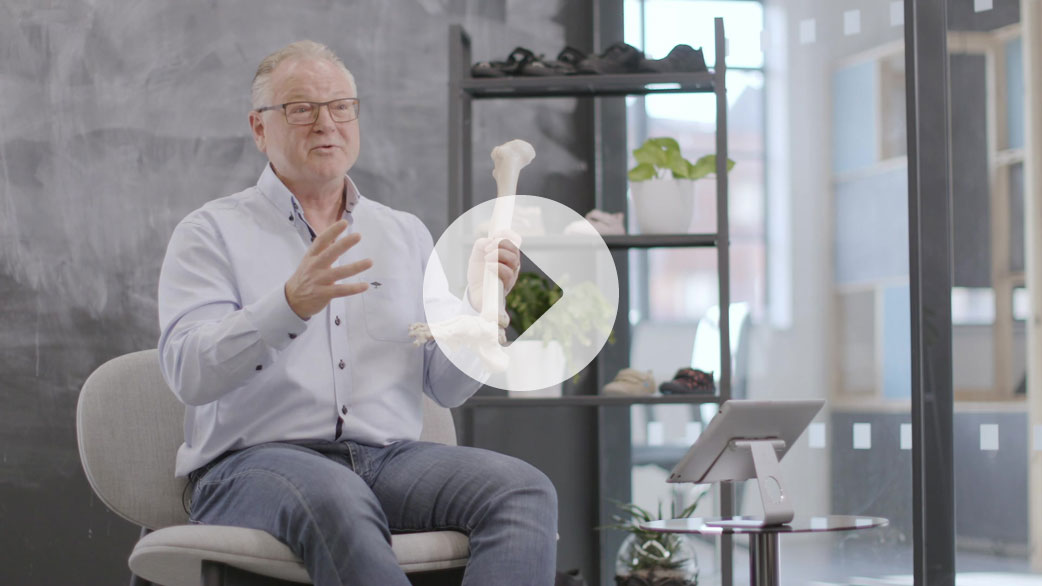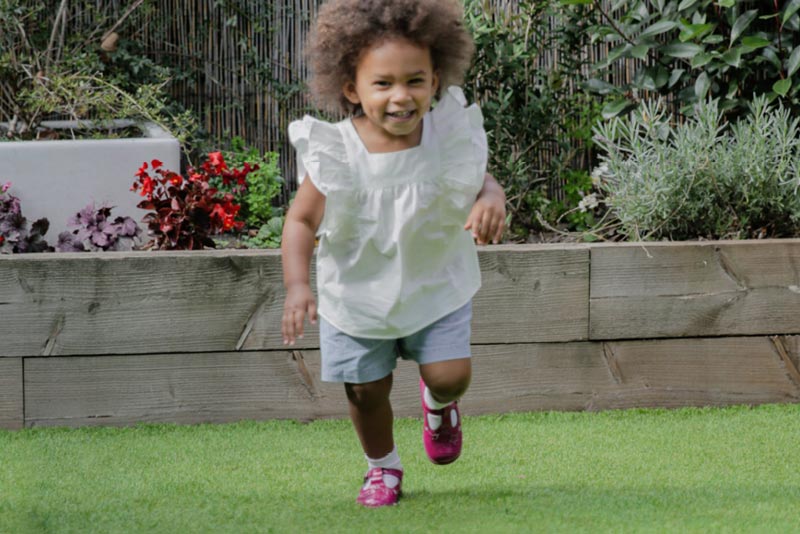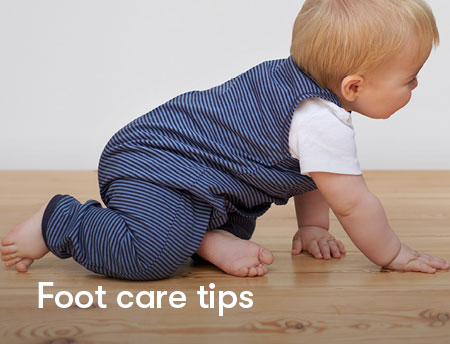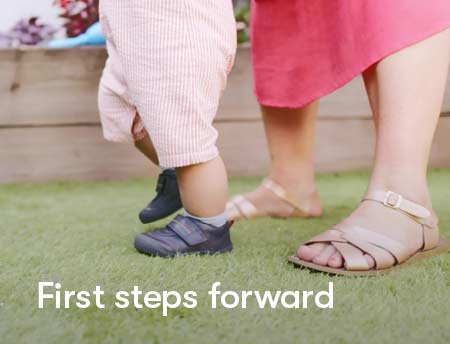Developing through milestones
Children develop reflexively through different milestones, explains Martin, including head control, rolling, sitting, crawling, standing, cruising around furniture and walking.
“Crawling, for instance, helps strengthen their hips, shoulders and trunk muscles (the core) – and the pressure through the kneecaps helps the kneecaps form,” Martin says.
“I can see why people want to encourage children to walk as soon as they can, but it’s important not to do that. Children will do whatever they do when they are ready – and while one child may walk sooner than the other, the later walker will probably cycle sooner than the other.”








